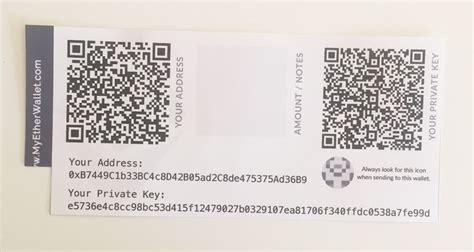Title:
Is it Possible to Generate Three Public Key Addresses from One Private Key on Ethereum?
Introduction
Ethereum, a blockchain platform developed by Vitalik Buterin, allows users to create and manage their own digital assets. One of the fundamental aspects of Ethereum is its use of cryptographic keys, particularly public and private keys. In this article, we will explore the concept of generating three public key addresses from one private key on Ethereum.
Understanding Public and Private Keys
In Ethereum, each user has a unique set of public and private keys. The public key is used to create digital assets (such as tokens or cryptocurrencies), while the private key is used for secure transactions and operations. A private key is a cryptographic secret that is unique to a specific address.
Generating Three Public Key Addresses from One Private Key
Theoretically, it is possible to generate three public key addresses using one private key on Ethereum. However, this would require some understanding of the underlying cryptographic mechanisms.
On Ethereum, each address is generated by hashing the private key with a specific value (known as the “seed” or “rander”) and then encrypting the resulting hash with another private key. The result is a public key address that can be used to create digital assets.
To generate three public key addresses from one private key, we need to follow these steps:
- Create a new Ethereum wallet with a single private key.
- Use the private key to generate a random seed value (render).
- Hash the render using SHA-256 or another cryptographic hash function.
- Encrypt the hashed value with the original private key.
- The resulting public key address will be generated based on the encrypted hash and seed values.
Real World Example
For example, let’s say we have a user who wants to create two new Ethereum wallets using their single private key. We can follow these steps:
- Create a new wallet with the original private key.
- Generate a random seed value (render) by hashing the private key with SHA-256.
- Hash the render using SHA-256 or another cryptographic hash function.
- Encrypt the hashed value with the original private key.
- The resulting public keys for two new wallets will be generated based on the encrypted hash and seed values.
Conclusion

While it is theoretically possible to generate three public key addresses from one private key on Ethereum, this would require a deep understanding of the underlying cryptographic mechanisms. However, in practice, generating multiple public key addresses using a single private key is not recommended, as it may lead to security issues and inconsistencies in wallet management.
Security Considerations
To avoid potential security risks, it’s essential to use secure practices when managing your Ethereum wallets. Some recommendations include:
- Using strong passwords or biometric authentication for your wallet.
- Keeping your Ethereum mainnet private (i.e., not publishing your private key publicly).
- Storing your private keys in a secure manner (e.g., using a hardware wallet).
In conclusion, while generating three public key addresses from one private key on Ethereum is theoretically possible, it’s essential to use secure practices and understand the underlying cryptographic mechanisms to avoid potential security risks.
